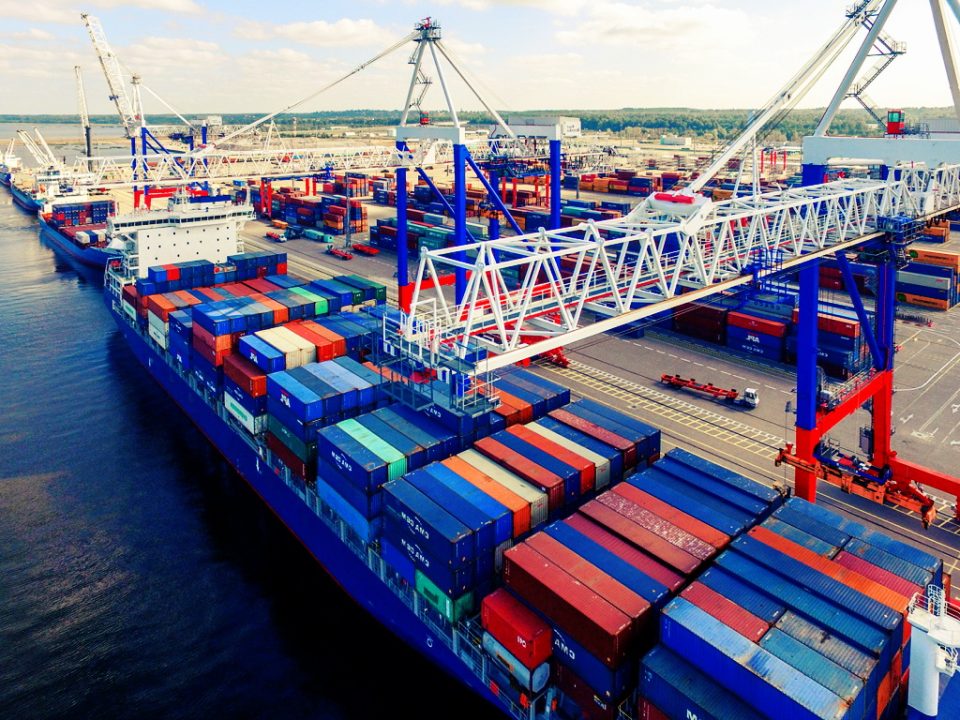Despite facing economic challenges such as a weakened ruble and international sanctions related to its invasion of Ukraine, Russia is experiencing a remarkable resurgence in container ship traffic through its seaports, including the bustling hub of St. Petersburg. The flow of goods and cargo is now nearing pre-war levels, a surprising development that underscores the country’s resilience and determination to reengage with the global trade community.
The surge in container ship traffic has captured the attention of industry experts and observers, who are closely monitoring these developments. The bustling activity in Russia’s seaports has raised questions about the origin of the goods being transported. As various vessels navigate these ports, the mystery behind the cargo’s source adds an intriguing layer to the story of Russia’s renewed presence in world trade.
The resurgence in container ship traffic is an encouraging sign for Russia’s economy. The weakened ruble and the weight of international sanctions have undoubtedly posed significant challenges, but the nation appears to be pushing forward with its trade ambitions. The resilience of its shipping industry is a testament to the adaptability and determination of Russian businesses.
One key factor behind this revival is the importance of Russia’s ports, particularly St. Petersburg, as a crucial transit point for goods traveling between Europe and Asia. As global supply chains have adapted to changing geopolitical dynamics, Russia’s geographic advantage has become increasingly evident. The Northern Sea Route, which allows ships to traverse the Arctic and connect with Asia, has gained prominence as a viable alternative to traditional routes, further boosting Russia’s shipping industry.
In addition to geographical advantages, Russia’s drive to enhance its infrastructure and logistics capabilities has played a significant role in attracting global trade. Investment in modernizing port facilities and improving transport connections is facilitating the smooth flow of goods. The efficient handling of cargo and goods at Russian seaports is crucial for sustaining and expanding this positive trend.
The precise origin of the goods being transported through Russia’s seaports remains a topic of curiosity. While it is unclear where these goods are coming from, the increased container ship movements signify that Russia is actively reintegrating into the world trade ecosystem. This reintegration is noteworthy, as it signals a willingness to engage in global commerce despite the headwinds of geopolitical tensions and economic challenges.
Despite the challenging global environment, Russia’s efforts to revitalize its shipping industry and enhance trade connectivity have not gone unnoticed. This resurgence serves as a compelling narrative of adaptability, perseverance, and a commitment to economic growth. As the global economy continues to evolve, Russia’s ability to sustain and expand its container ship traffic may be a significant factor in its economic recovery and its role in the international trade arena.



